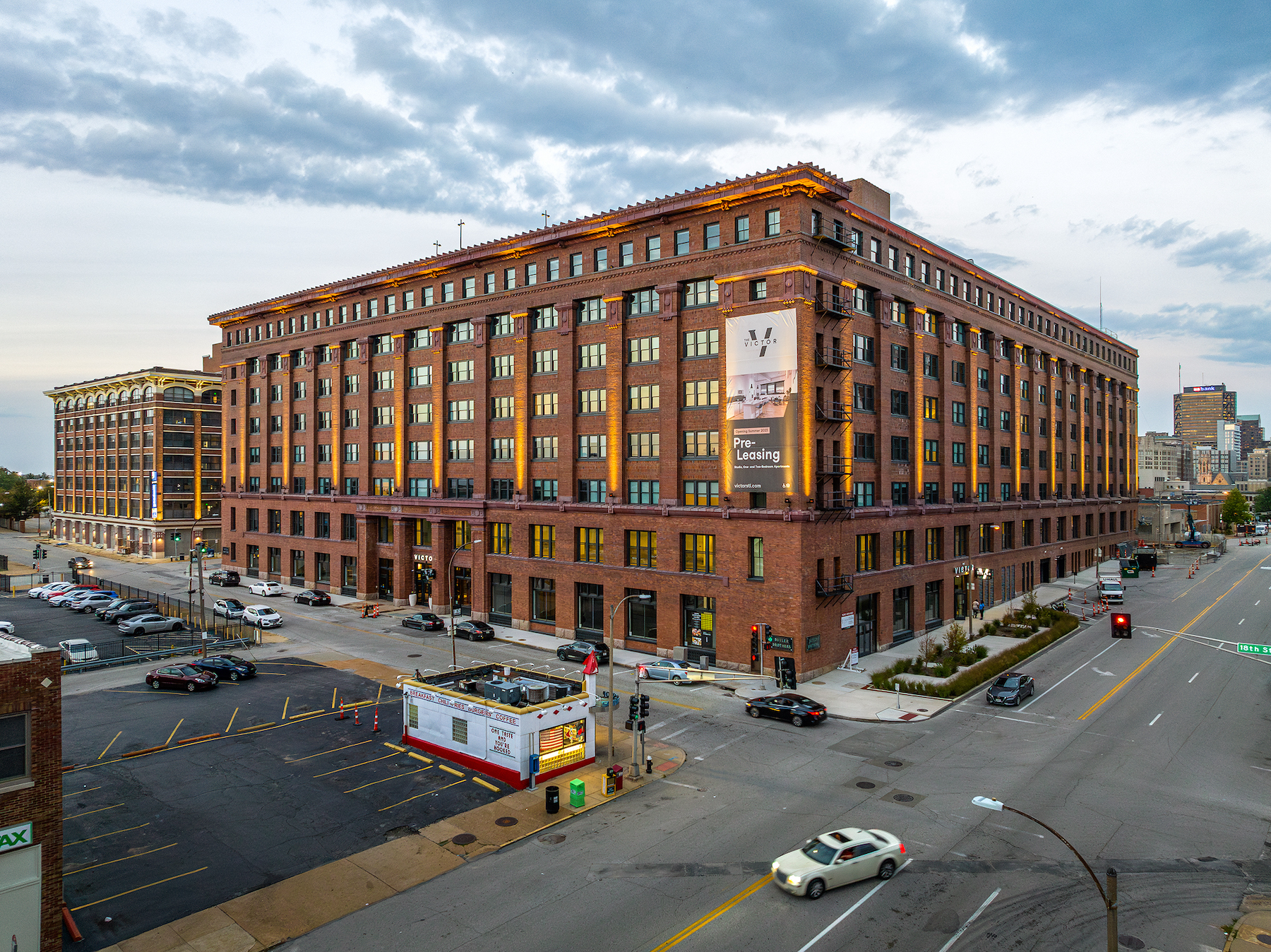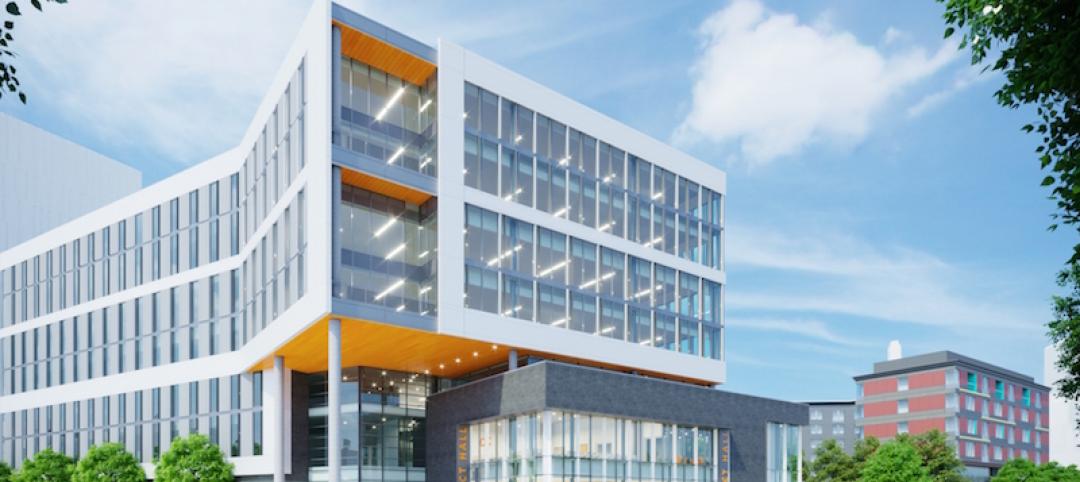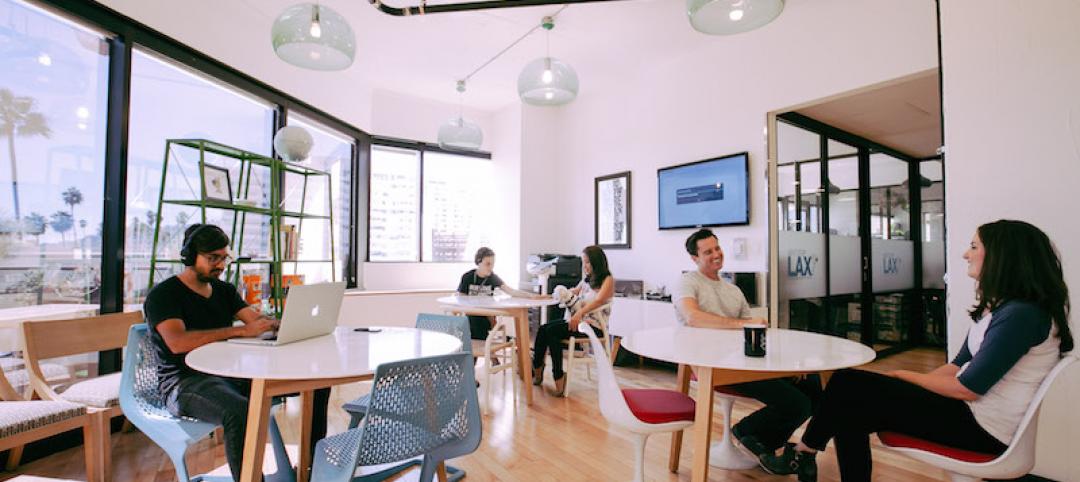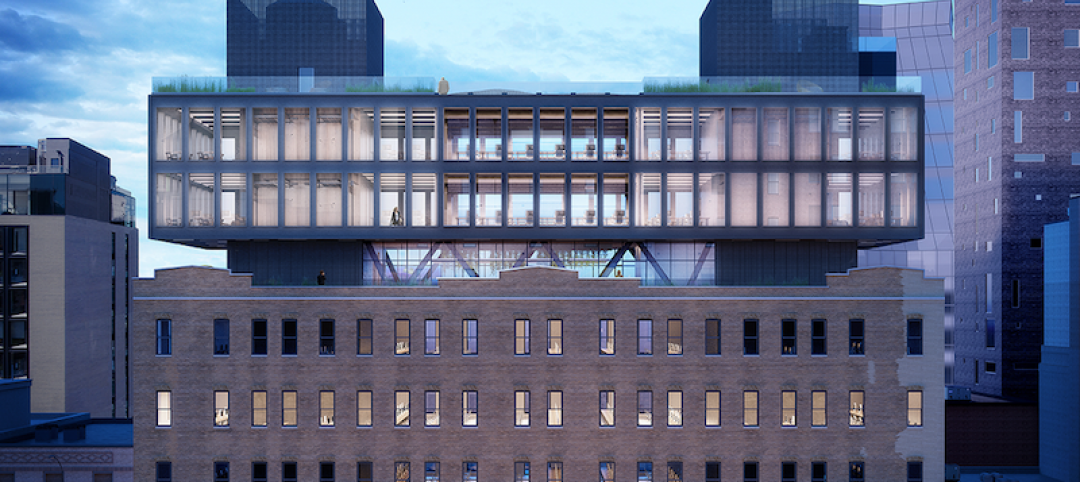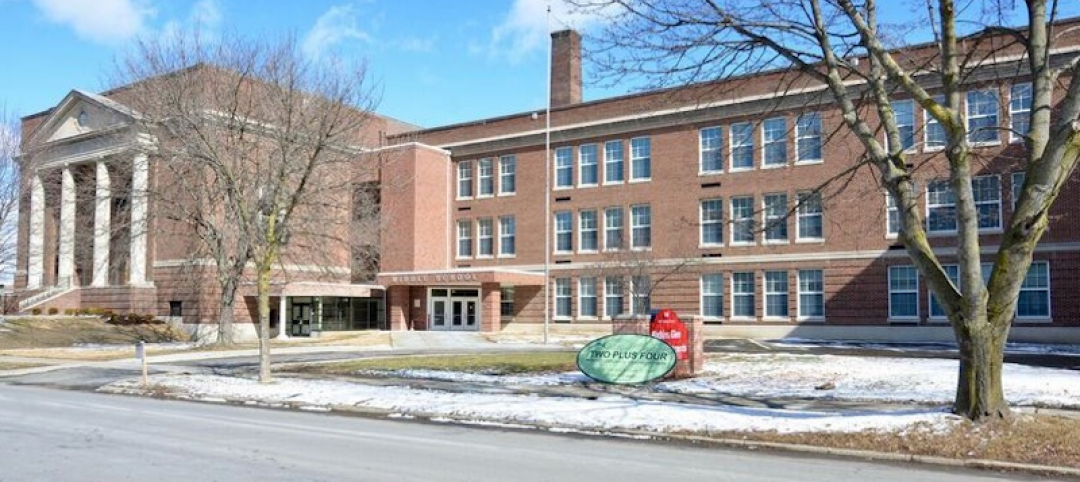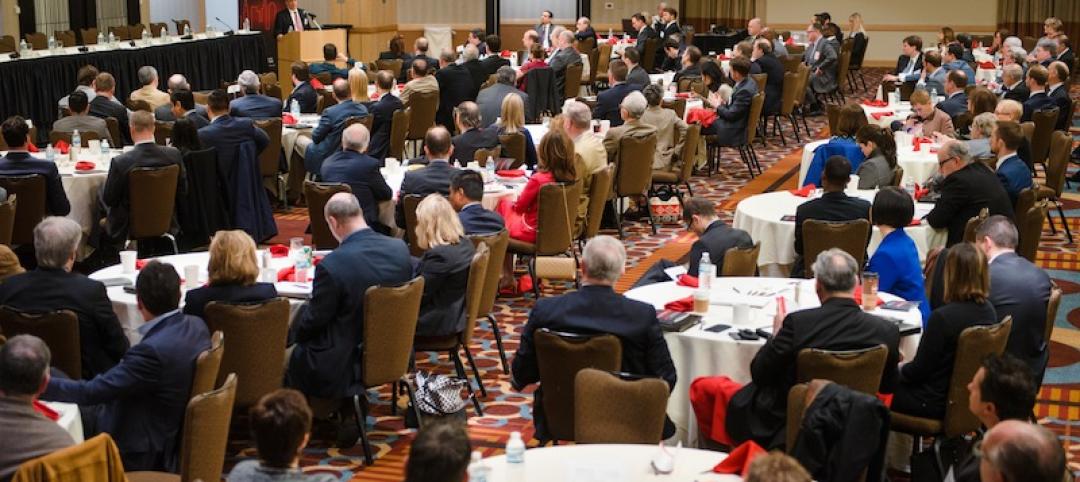The Butler Brothers Building opened in 1906, in St. Louis’s former Garment District. The 735,000-sf building served as a warehouse distribution center, and at the time of its construction was one of the largest reinforced concrete structures west of the Mississippi River.
Last June was the one-year anniversary of the completion of this building’s adaptive reuse transformation as The Victor, a multifamily community with nearly 400 apartments, retail and coworking spaces, and amenities.
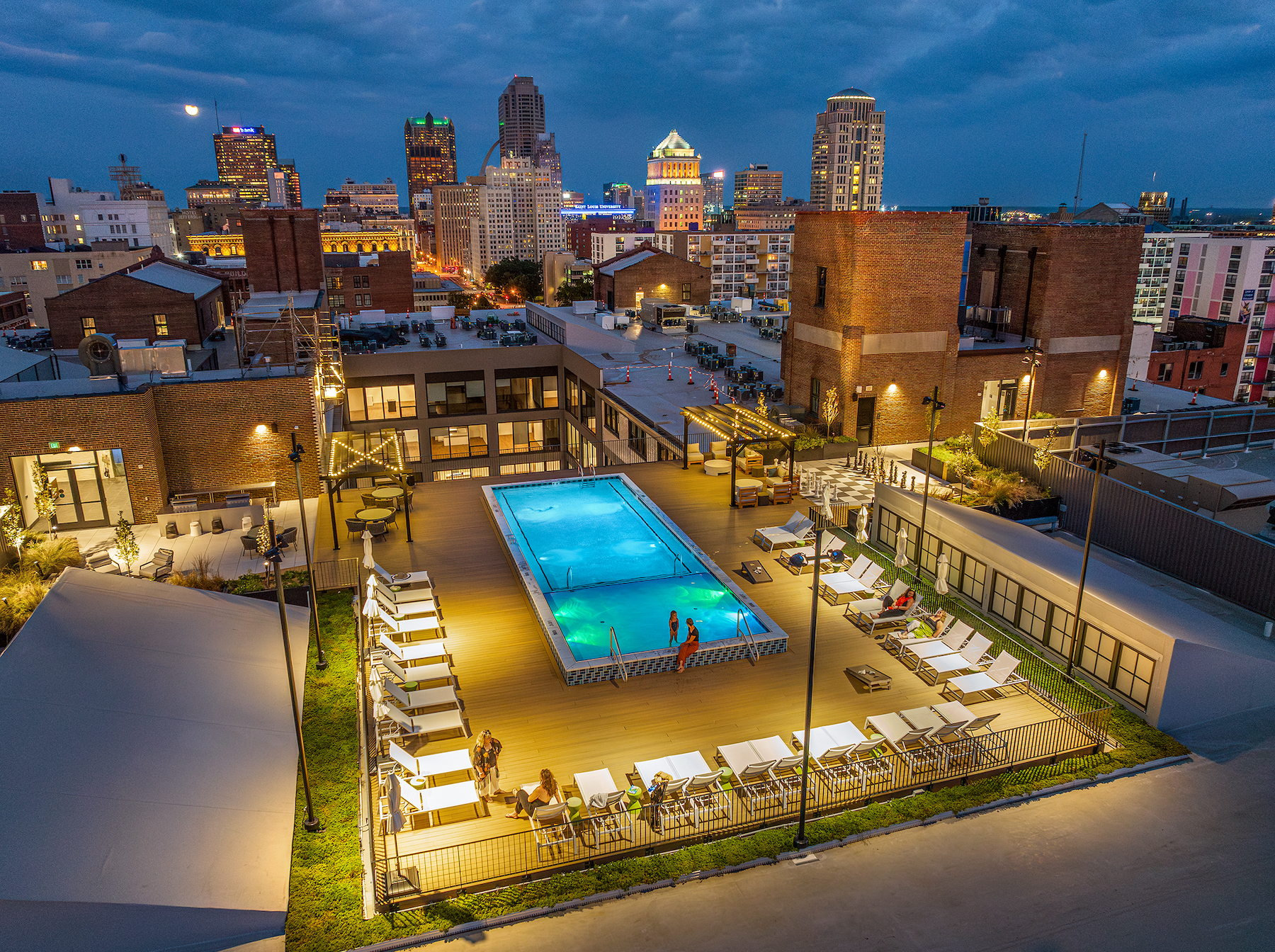
The Victor brought back to life a building that had been vacant for more than two decades, said Joel Fuoss, AIA, LEED AP, a Principal with Trivers, the architect-interior designer on this $130 million project, which was developed by Development Services Group.
Residents of The Victor have access to amenities that include an expansive rooftop terrace with a pool, a pickleball court, sundeck, dog park, fitness center with yoga and Pilates studios and a golf simulator, a parking garage, coworking and conference spaces, and outdoor courtyards. The building itself is located next to St. Louis CITY SC’s CityPark soccer stadium.
The apartments range from a 531-sf studio that starts at $1,345 per month to a 1,384-sf two-bedroom unit starting at $2,578 per month.
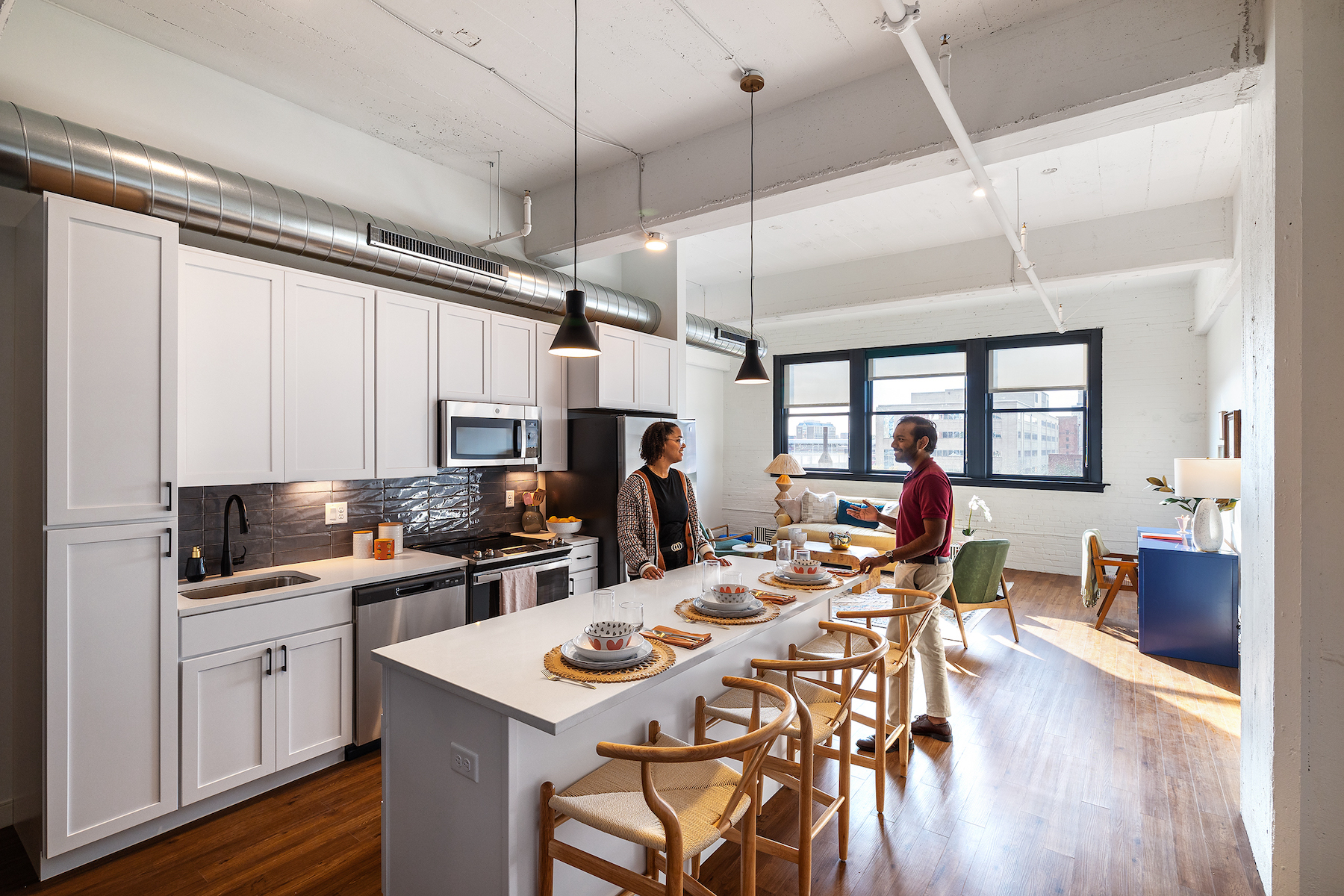
Adaptive reuse respects the past
Trivers and its design team restored the building’s exterior brick to its original color and revitalized the remaining terracotta cornices. The design retained the building’s clam-shell style garage doors that once opened for horse-drawn wagons. The building’s history was also incorporated throughout the interior’s renovation, including patterns and colors from early 20th Century fashion trends, and an oversized chessboard on one of the rooftop lounges that acknowledges the building’s location in a district and the former Harmonie Hall site that hosted the 1886 World Chess Championship.
Gary Prosterman, President and CEO of Development Services Group, said that his company and a team led by members of Trivers and Paric Corp., the project’s general contractor, conducted due diligence on the building a year before construction started to identify and address any problematic issues. “An undertaking this significant would not be p possible without the attention to detail and historic building expertise that the Trivers team brings to the table,” he said.
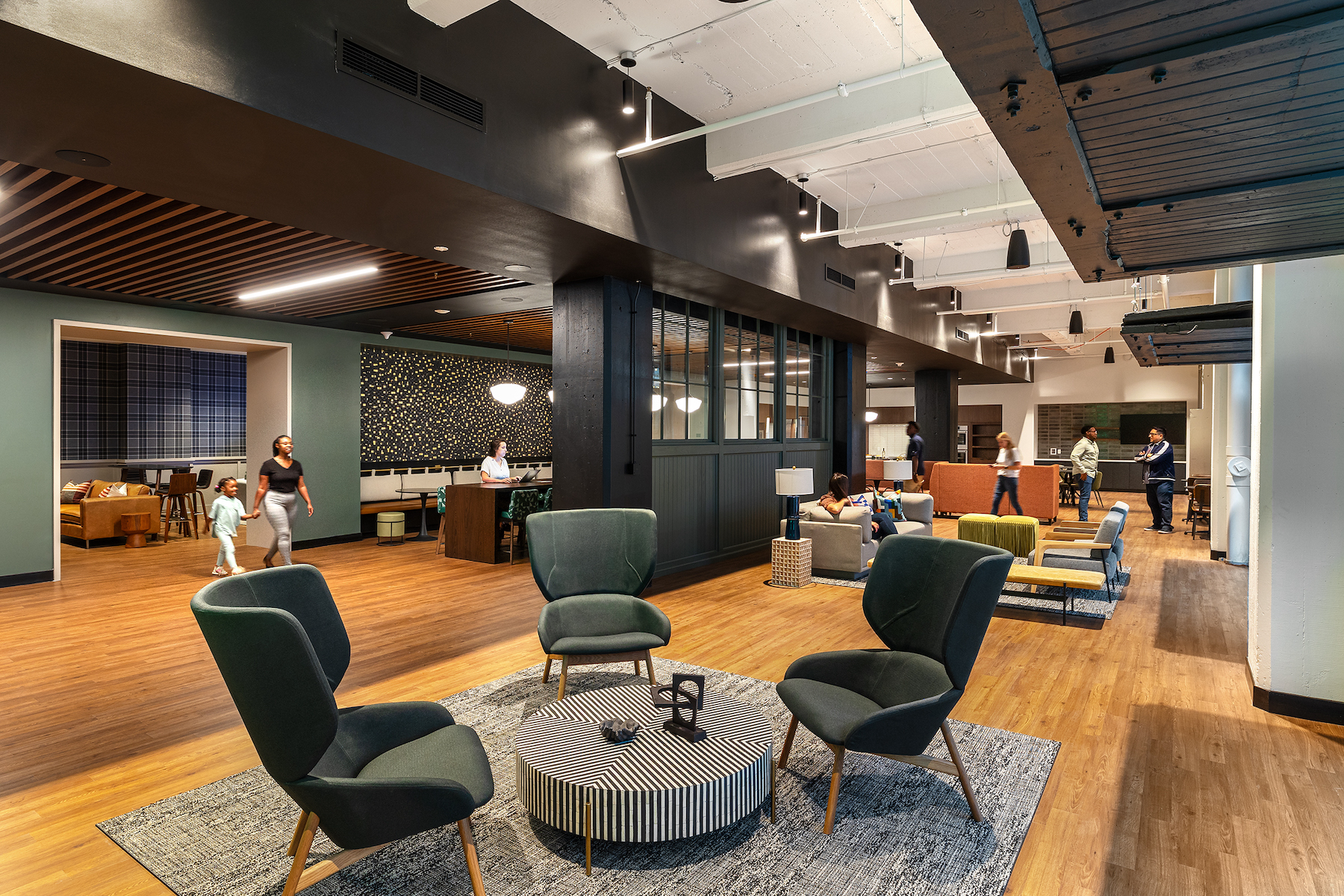
By repurposing the building’s existing concrete and masonry, the building team minimized the need to extract and produce new materials, which are carbon intensive. “The embodied carbon put into this building nearly 120 years ago would take St. Louis’ Forest Park [neighborhood] another 100 years to offset if built today,” said Fuoss.
Other AEC firms on the project team included IMEG (MEP engineer), KPFF Consulting Engineers (SE), Civil Design Inc. (CE), Arbolope Studio (landscape architect), Reed Burkett Lighting Design (lighting designer), Cohen Hilberry Architects (accessibility consultant), and Wollenburg Building Conservation (masonry consultant).
Related Stories
Adaptive Reuse | Oct 5, 2017
Wexford’s latest innovation center breaks ground in Providence
The campus is expected to include an Aloft hotel.
Office Buildings | Jun 13, 2017
WeWork takes on a construction management app provider
Fieldlens helps turn jobsites into social networks.
Office Buildings | Mar 27, 2017
New York warehouse to become an office mixing industrial and modern aesthetics
The building is located in West Chelsea between the High Line and West Street.
Adaptive Reuse | Nov 9, 2016
Middle school transformed into affordable housing for seniors
The project received $3.8 million in public financing in exchange for constructing units for residents earning less than 60 percent of the area’s median income.
Adaptive Reuse | Nov 7, 2016
From fuel to food: adaptive reuse converts a closed gas station in Princeton, N.J., to a Nomad pizza
The original building dates back to the Modernist 1930s.
Hotel Facilities | Sep 7, 2016
Fish out of water: The site of a Birdseye frozen-food factory in Gloucester, Mass., transforms into a seaside hotel
The construction of this 94-room hotel and conference center pitted tourism proponents against locals who want to preserve this historic city’s fishing heritage.
Healthcare Facilities | Apr 24, 2016
A symposium in New Jersey examines how a consolidating healthcare industry can better manage its excess real estate
As service providers position themselves closer to their communities, they are looking for ways to redirect non-core buildings and land for other purposes.
Adaptive Reuse | Apr 7, 2016
Redevelopment plan announced for Chicago’s historic Cook County Hospital
The century-old, Beaux Arts architecture-inspired hospital will transform into a mixed-use development.



